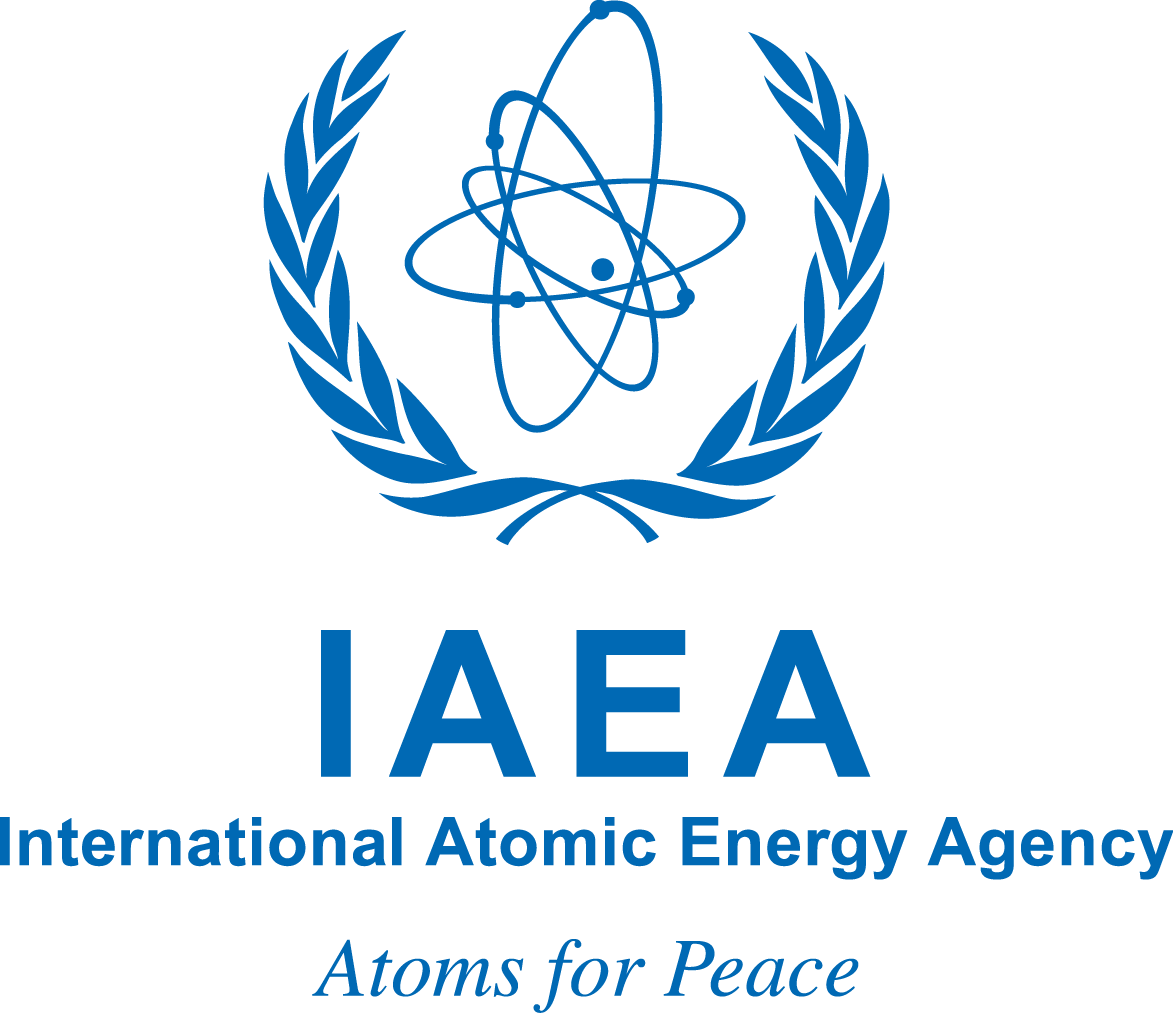Thirty-one disused sealed radioactive sources (DSRSs) have been transported from Chile to a recycling facility in Europe as part of an International Atomic Energy Agency (IAEA) multi-regional project to improve nuclear security and radiation safety.
Most radioactive waste generated by nuclear applications consists of DSRS. Radioactive materials are used in different devices in medical, industrial, and agricultural facilities. They have to be carefully accounted for. When they are no longer usable, they have to be recovered, stored and, in some cases, prepared for transportation. The DSRSs recovered from Chile have been in temporary storage since the end of their use in 1992. They are mostly cobalt sources used in cancer treatment.
The IAEA said that the recovered DSRs “represent about half of the radioactive material received yearly in waste management facilities from different activities around the country.”
Luis Huerta Torchio is the director of the Chilean Nuclear Energy Commission (CCHEN). He said, “The removal of these sources has multiple benefits for the CCHEN and the whole country, and it is in line with the circular economy objectives, in terms of recycling and reuse. The removal has significantly reduced the risk for any type of incident associated with these disused sources. In addition, it freed up to 30 per cent of space in the national storage facility used for disused radioactive sources, and subsequently extended the possibility of its use for about ten more years.”
Olena Mykolaichuk is the director of the IAEA’s Nuclear Fuel Cycle and Waste Technology division. She said, “The IAEA technically oversaw the removal of the sources from Chile to ensure that it was performed safely and securely. An operation of this scale cannot succeed without the dedicated efforts of organisations like CCHEN, skilled contractors, and the regulatory bodies involved - the experience gained is invaluable and represents a model that can be applied for future projects in other countries.”
The three-year IAEA Multi-Regional Project on Sustainable Management of Disused Sealed Radioactive Sources began in 2019 funded by Canad. Eleven Latin American, African and Pacific countries were included in the first phase of the IAEA project.
Hildegarde Vandenhove is the director of the IAEA's Division of Radiation, Transport and Waste Safety. She said, “The increase in the number of participating countries indicates the success of the first phase of the project, the global interest in the safe and secure handling of DSRSs and, at the same time, the amount of work that remains to be done in this field.”
The operational plan for Chile was agreed upon in December of 2021. It involved the verification of the radioactive sources, appropriate packaging for safe transportation, and shipment to the recycling facility. The first of seventeen DSRs were exported in October of 2022. Fourteen more were sent in July of this year.
Most discussion of and funding for dealing with radioactive waste is focused on the spent nuclear fuel rods from operating nuclear reactors. However, there are also many radioactive materials from other sources that must be dealt with.
